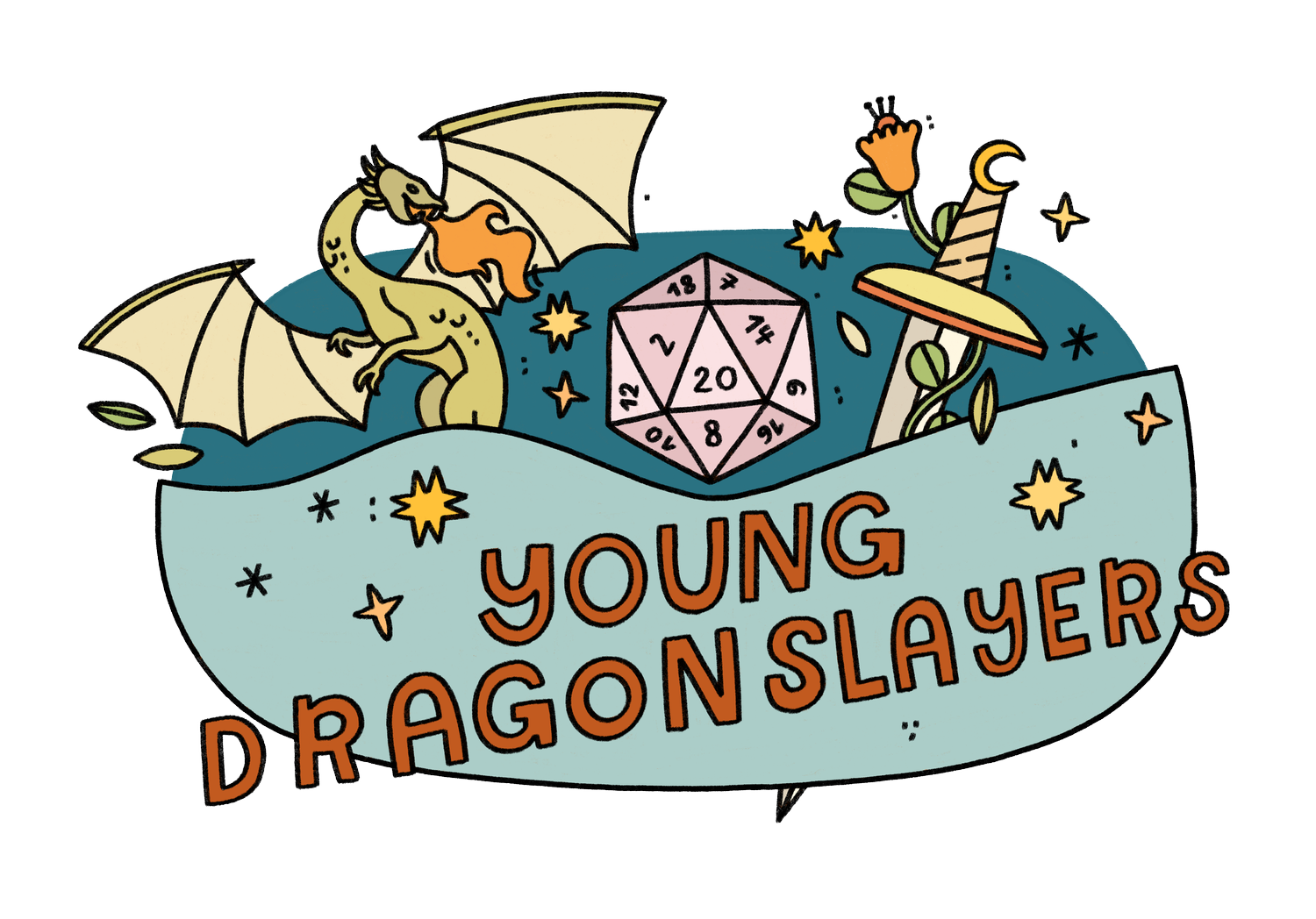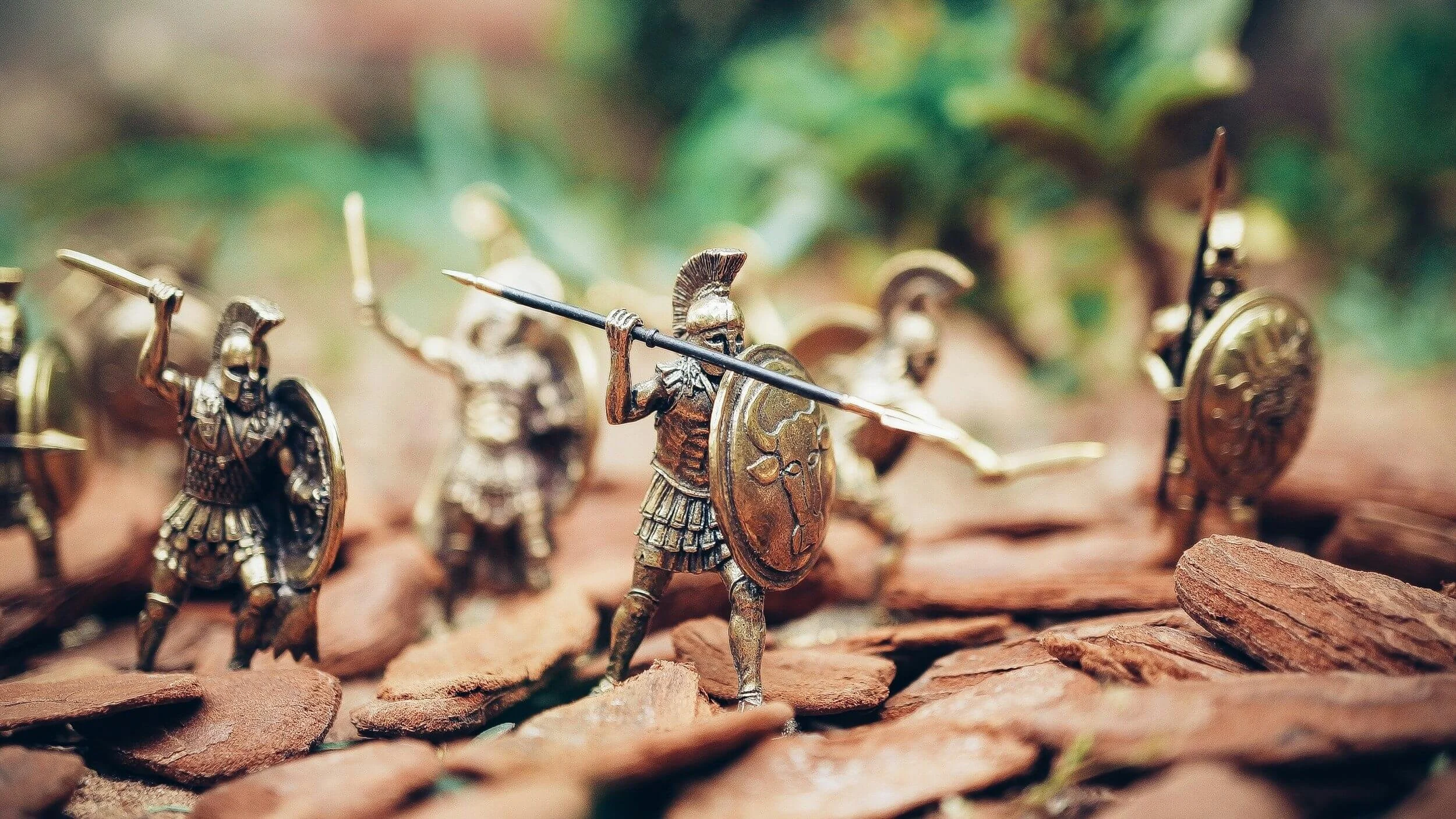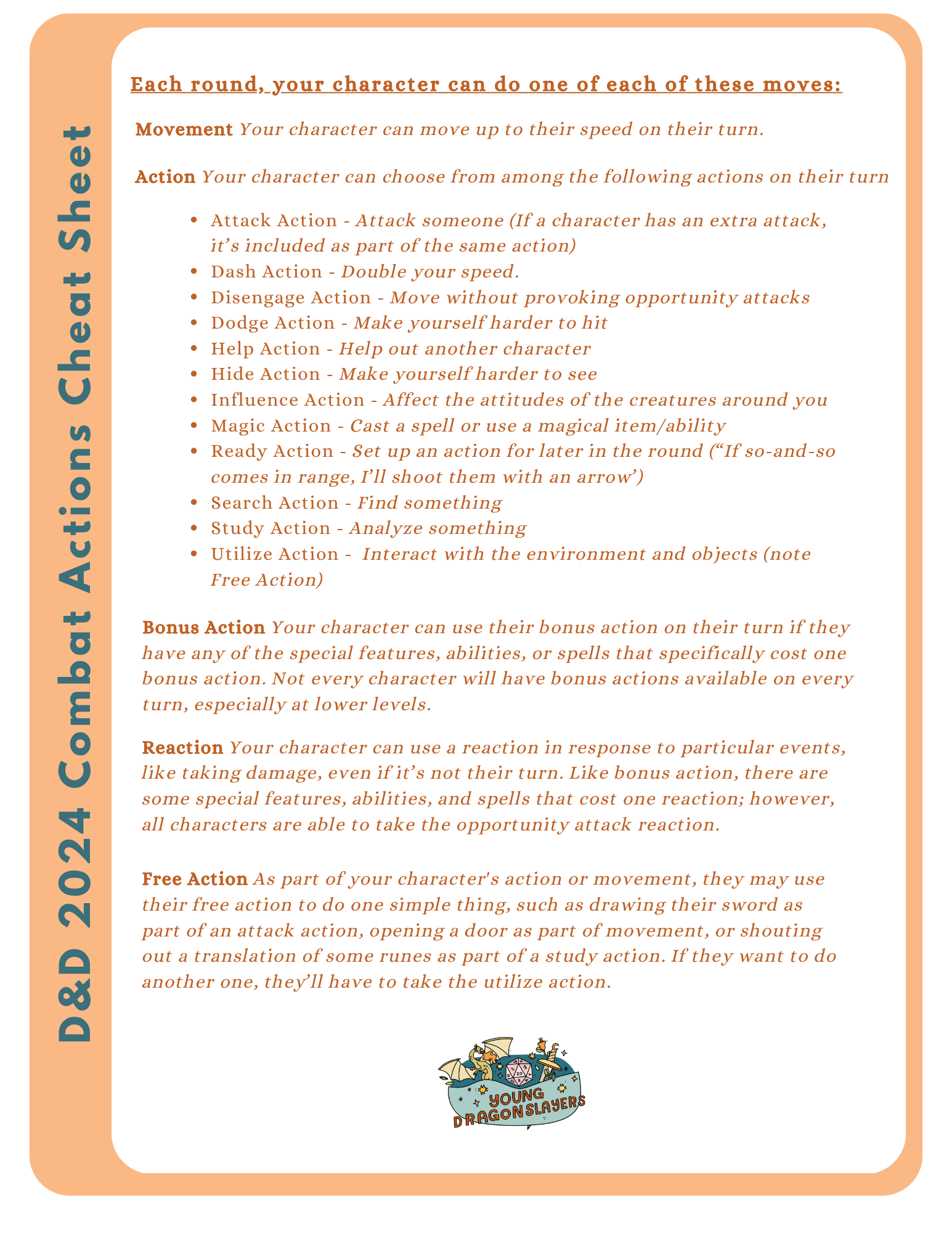How Does Combat Work in Dungeons and Dragons?
Combat is a key component of Dungeons & Dragons. Of course there are other elements to the game – exploration, puzzles, and social interactions, for example – but the meat of gameplay (and most of the abilities on your character sheet) centers around the D&D combat rules. This can be intimidating; D&D combat actions are complex, with pages and pages 2024 Player’s Handbook devoted to D&D combat rules. This leaves players looking for a way to have D&D combat explained in a way that makes sense. We’ve been playing and running games of Dungeons & Dragons for years, and we’ve seen just about every question, rules clarification, and wild ideas in (and out of) the book. So we present to you our D&D combat guide for new players and old!
What Does D&D Combat Look Like?
Dungeons & Dragons has a back-and-forth structure between the players, who roleplay characters they create, and the Dungeon Master, who creates the world, the people, and the challenges these characters interact with. A Dungeon Master will describe what’s happening to the characters; the players describe what they do in response, and the cycle repeats, with dice rolled to decide the results of particular actions.
In a D&D combat encounter, this structure becomes even more formal. Instead of players chiming in whenever they have an idea of what their character would do, they decide on an order they’ll go in by rolling dice (“Roll for initiative!”). Each round is 6 seconds of in-game time, with player characters (PCs) and non-player characters (NPCs) each getting a turn, starting with whomever rolled the highest. On each of their turns, a character can move and take one of each of D&Ds combat actions.
The D&D Actions In Combat
There are four different kinds of Dungeons & Dragons combat actions, with characters able to do each of them once per round. The (somewhat confusingly-named) D&D combat actions are as follows: an action, a bonus action, a free action, and a reaction. Each of these are a different type of “move” a character can make on their turn. Lots of the time, these moves are very specific and can’t be mixed-and-matched. For example, a barbarian enters their Rage mode as a bonus action. If they’ve already used their bonus action for something else, they can’t spend an action, free action, or reaction to enter Rage; instead they’ll have to wait until the next round when they get a fresh bonus action.
Here’s our D&D combat actions cheat sheet to keep on hand the next time your Dungeon Master asks you to roll for initiative:
Movement - Your character can move up to their speed on their turn.
Action - Your character can choose from among the following actions on their turn:
Attack Action - Attack someone (If your character has an extra attack, it’s included as part of the same action)
Dash Action - Double your speed
Disengage Action - Move without provoking opportunity attacks
Dodge Action - Make yourself harder to hit
Help Action - Help out another character
Hide Action - Make yourself harder to see
Influence Action - Affect the attitudes of the creatures around you
Magic Action - Cast a spell or use a magical item/ability
Ready Action - Set up an action for later in the round (“If so-and-so comes in range, I’ll shoot them with an arrow’)
Search Action - Find something
Study Action - Analyze something
Utilize Action - Interact with the environment and objects (note Free Action)
Bonus Action - Your character can use their bonus action on their turn if they have any of the special features, abilities, or spells that specifically cost one bonus action. Not every character will have bonus actions available on every turn, especially at lower levels.
Reaction - Your character can use a reaction in response to particular triggers, like taking damage, even if it’s not their turn. Like bonus action, there are some special features, abilities, and spells that cost one reaction; however, all characters are able to take the opportunity attack reaction (we’ll explain this more later).
Free Action - As part of your character's action or movement, they may use their free action to do one simple thing, such as drawing their sword as part of an attack action, opening a door as part of movement, or shouting out a translation of some runes as part of a study action. If they want to do another one, they’ll have to take the utilize action.
If you’re a Dungeon Master, you may end up controlling a character that has legendary actions; these are a special kind of action given only to particularly powerful monsters, like dragons, and they work differently thank other kinds of actions. Rather than being able to use them only once per round, a given monster has a set number of legendary actions per round, usually no more than three or four. And instead of using them their turn, these big bosses can use one of their legendary actions between other characters’ turns, meaning your players will have to watch their backs!
What Are The D&D Combat Rules 2024?
The D&D 2024 combat rules are remarkably similar to the 2014 rules, and 2014 characters can fight using the 2024 combat rules for D&D. Perhaps the most important mechanical change to know is the addition of weapon mastery properties. Mastery properties are essentially special effects of weapons, but only characters with certain features can use them. For example, the lance has the “topple” mastery property. A character with the Weapon Mastery feat could use a lance to knock someone over as part of their attack action. Another change you’ll notice if you’re referring to both the 2014 and the 2024 rules is that the newer rules have special names for different types of action (attack action, magic action, ect) that don’t exist in the old rules. The way the actual game works is mostly the same, but now it’s a little clearer what does and doesn’t count as an action.
Both the 2014 and the 2024 Player’s Handbook have come up with special rules for particular things a character might do in combat, like knocking someone unconscious or trying to shoot someone at point-blank range. Most of the time, you can find the relevant rule as things come up in play (or, if you have a particularly knowledgeable Dungeon Master, you can just ask them). But here are a few extra rules you’ll probably want to know on top of the basic actions. The first is movement. When running along flat ground, a character can easily move up to their speed on their turn. But if they’re doing something else, like climbing a wall, swimming through water, flying with magic, pushing another combatant, or struggling through brambles of thorns, their speed will decrease. The second is improvised weapons. Essentially, a character can pick up a a random object, like a stick or a glass bottle, to use as a weapon for their attack action, but when they do, they can’t add their proficiency modifier and can only deal 1d4 damage (unless you can convince your Dungeon Master otherwise). The third we mentioned earlier: an opportunity attack. When fighting with fists and swords, characters must get up close into melee range. Whenever another leaves your melee range, your character can spend their reaction to take an opportunity attack as they flee (usually, this is a normal melee attack, but special features will allow your character to cast spells as part of an opportunity attack).
Play Your Own D&D Combat Encounter
It’s great to know all this in theory, but the best way to truly understand what D&D combat looks like is to play it yourself. Getting into the mind of a character, imagining what they’d do in the heat of battle, and playing out the results with the roll of the dice makes all of these rules real – and, if you’re like many D&D players, will leave you itching for more. But if you’re experiencing the classic struggle to get a D&D group off the ground, we can help. We’re a group of professional Dungeon Masters (yes, that’s a real job) who run online games of D&D for tweens and teens. We know all the rules so you don’t have to, and we’ll teach you everything you need to know as you play, so you’ll be slinging around terms like initiative order or magic action in no time. Check out our games, create your character, and see what they’ll do out on the battlefield!





